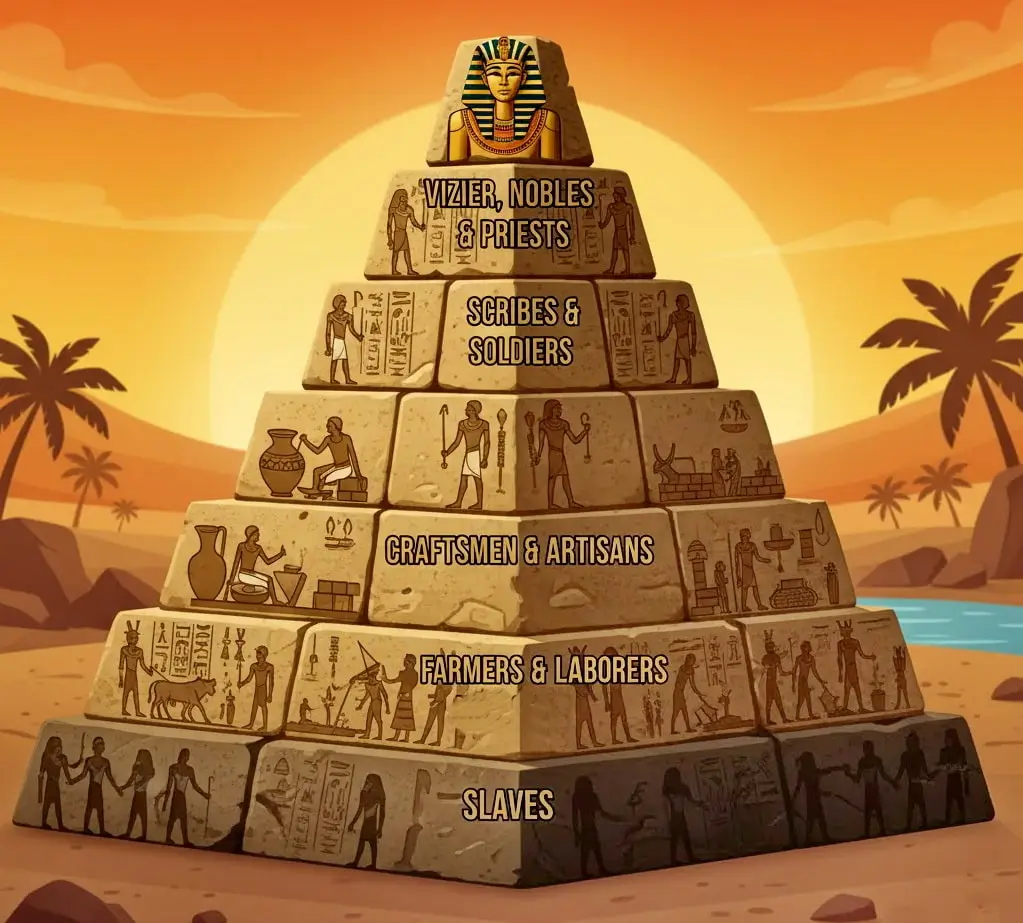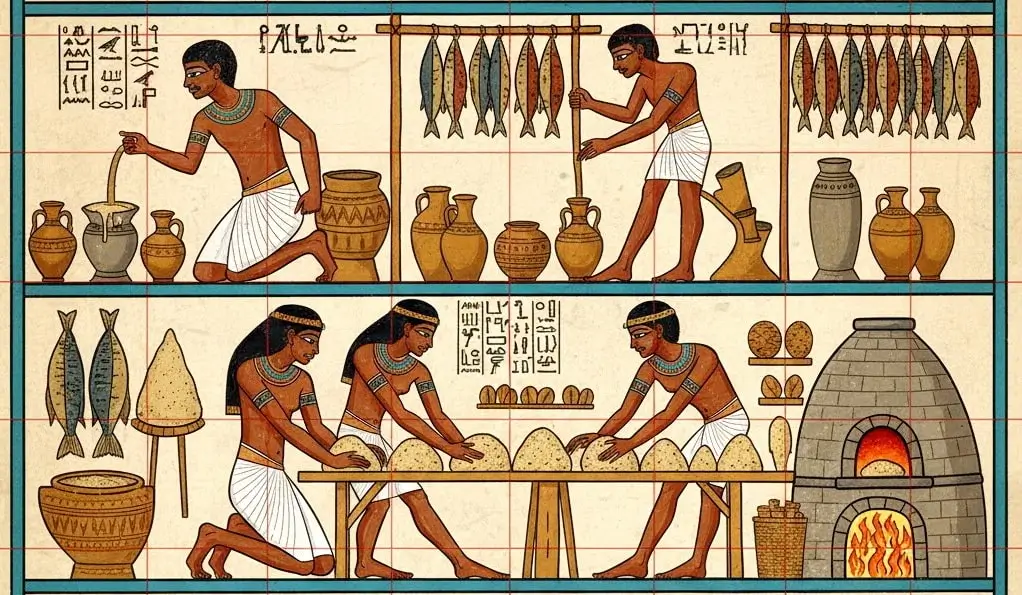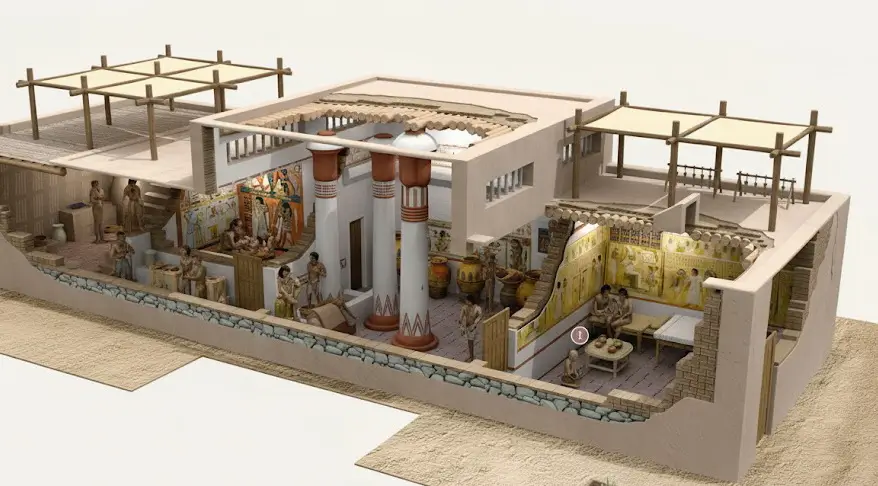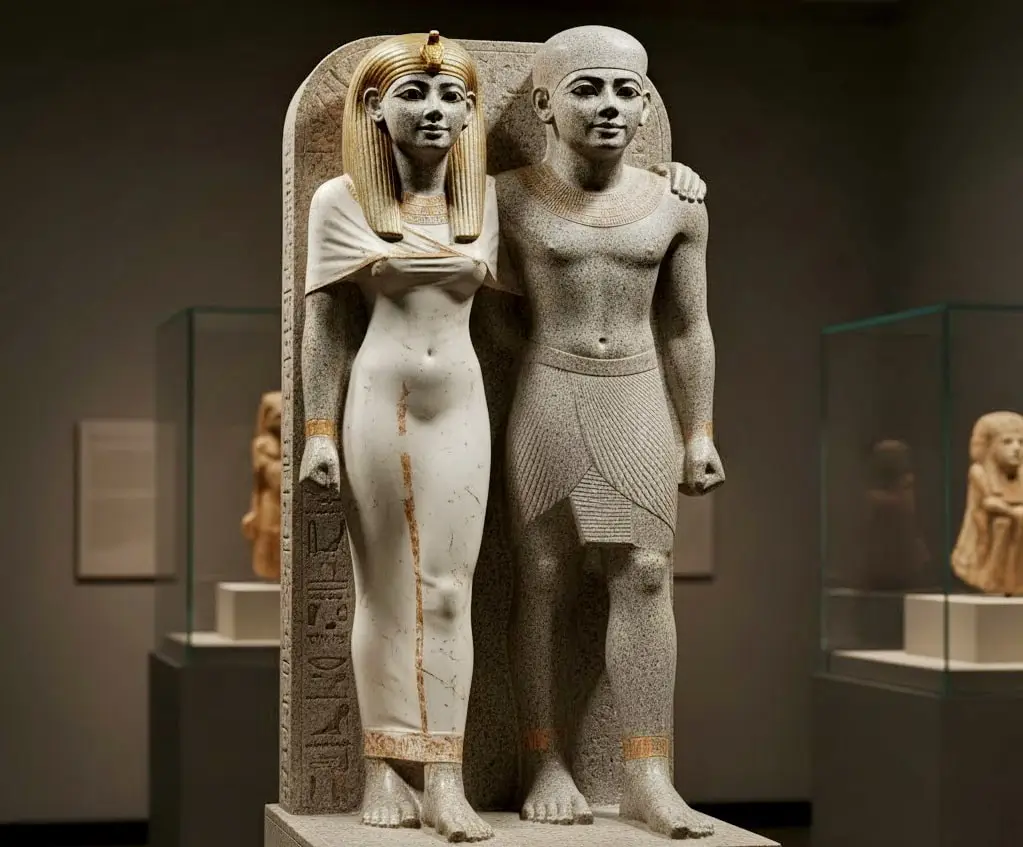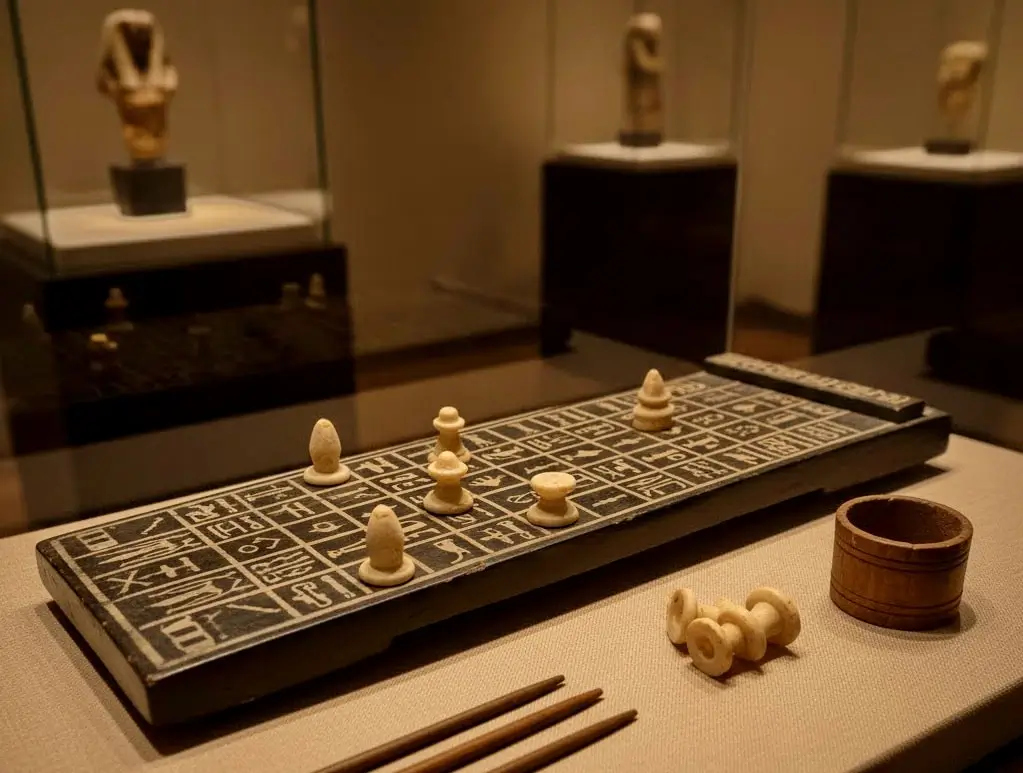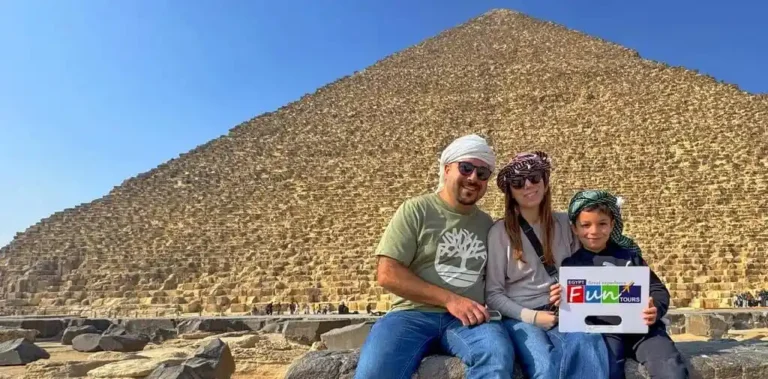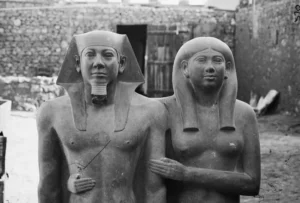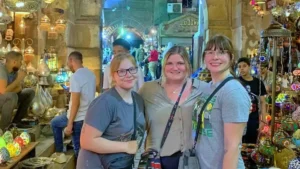Forget the pharaohs and monumental tombs. To truly understand this enduring civilization, we must examine the vibrant Ancient Egyptian daily life of its people. The Nile River sustained every part of their existence. Its yearly flood fueled the economy and dictated the calendar. Egyptian society had a strict Ancient Egyptian social hierarchy. Yet, it granted surprising legal rights to women in Ancient Egypt. People lived and worked according to Ma’at, the cosmic principle of harmony. We will explore key facts about their culture. Learn what they ate (lots of bread and beer), how they lived, and how this dedication to order made Egypt flourish.
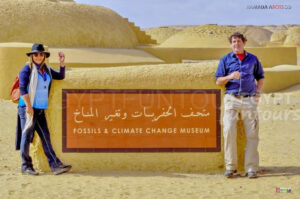
The best Decision is To use Egypt Fun Tours
It was one of the best decisions we made to use this company for our Full-day trip to Wadi El Hitan and El Fayoom Oasis. I give them 10 stars.

